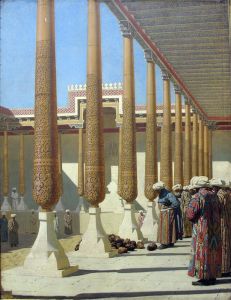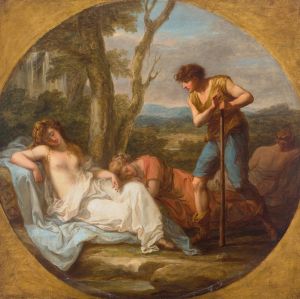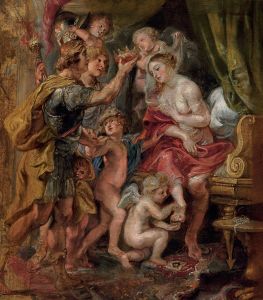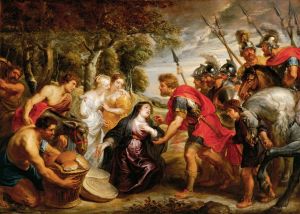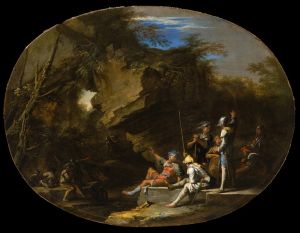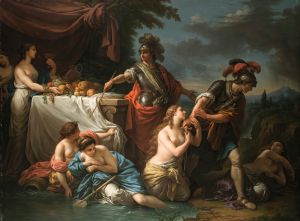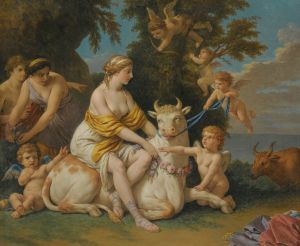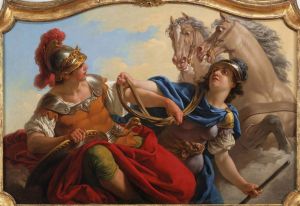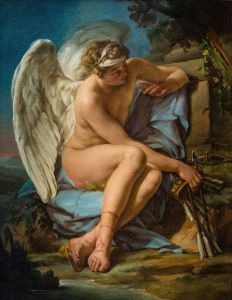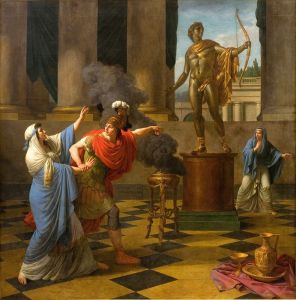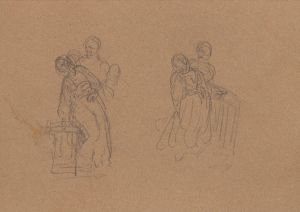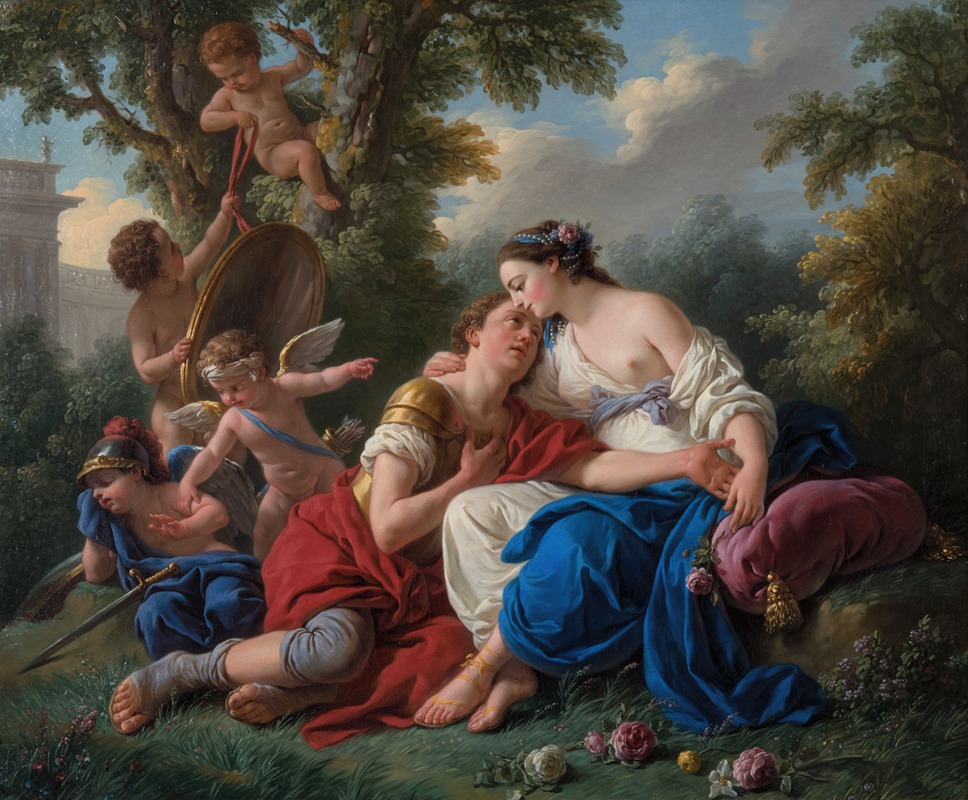
Renaud et Armide
A hand-painted replica of Louis-Jean-François Lagrenée’s masterpiece Renaud et Armide, meticulously crafted by professional artists to capture the true essence of the original. Each piece is created with museum-quality canvas and rare mineral pigments, carefully painted by experienced artists with delicate brushstrokes and rich, layered colors to perfectly recreate the texture of the original artwork. Unlike machine-printed reproductions, this hand-painted version brings the painting to life, infused with the artist’s emotions and skill in every stroke. Whether for personal collection or home decoration, it instantly elevates the artistic atmosphere of any space.
Louis-Jean-François Lagrenée's painting "Renaud et Armide" is a notable work that reflects the artist's engagement with themes from classical literature and his adeptness in the Rococo style. Lagrenée, a French painter born in 1724, was known for his historical and mythological subjects, and his work often depicted scenes from ancient history and literature with a refined elegance characteristic of the Rococo period.
"Renaud et Armide" draws its subject from Torquato Tasso's epic poem "La Gerusalemme Liberata" ("Jerusalem Delivered"), first published in 1581. The poem is a romanticized account of the First Crusade, and it includes a subplot involving the characters Renaud (or Rinaldo) and Armide. Armide is a sorceress who initially seeks to kill Renaud, a Christian knight, but instead falls in love with him. The story explores themes of love, enchantment, and redemption, which were popular in the art and literature of the time.
Lagrenée's interpretation of this narrative would have been influenced by the artistic trends of the 18th century, which favored dramatic and emotional representations of classical and historical subjects. His work is characterized by its graceful composition, delicate color palette, and the fluidity of its figures, all hallmarks of the Rococo style. This style was prevalent in France during the reign of Louis XV and was known for its ornate and decorative qualities, often focusing on themes of love and mythology.
The painting likely captures a moment of emotional intensity between the two characters, possibly depicting Armide's internal conflict between her desire for vengeance and her unexpected love for Renaud. Such scenes were popular among artists of the Rococo period, who sought to evoke emotional responses through their work.
Lagrenée's career was marked by his success as a painter at the French court and his involvement with the Académie Royale de Peinture et de Sculpture, where he was a member and later a professor. His works were well-received, and he was known for his ability to convey complex narratives with clarity and elegance. "Renaud et Armide" would have been part of this tradition, showcasing his skill in rendering both the human form and the intricate emotions of his subjects.
While specific details about the painting "Renaud et Armide" by Lagrenée, such as its current location or dimensions, are not readily available, it remains an example of the artist's contribution to the Rococo movement and his interest in literary themes. His work continues to be studied for its artistic merit and its reflection of the cultural and aesthetic values of 18th-century France.





